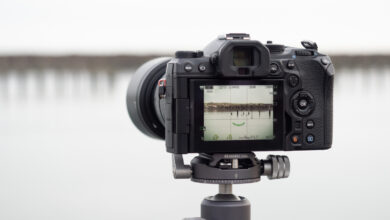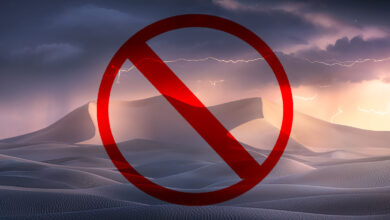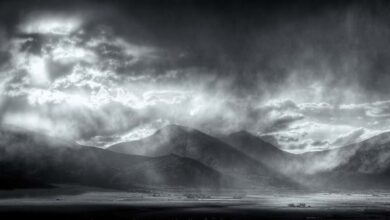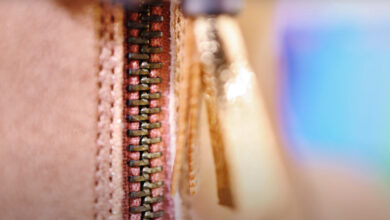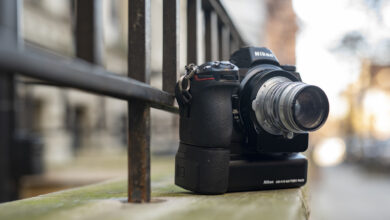What it’s like covering the F1 race
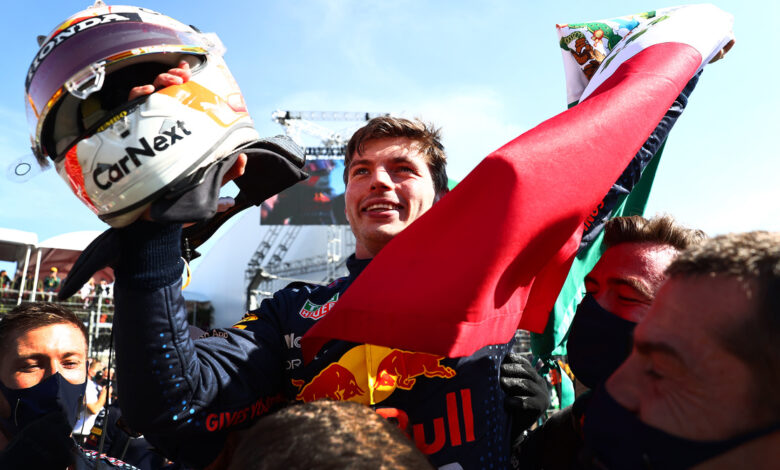
Mark Thompson is a Getty Images photographer with over 25 years of experience covering F1 races, including Red Bull Racing. I talked to him to get a better idea of what the competition was like.
A photographer assigned to cover Formula 1 must have a real mastery of skill that allows him to capture many types of images in a single day. Photographers are expected to capture everything from cars traveling at 200 mph around a track, to podium shots of winners holding trophies. It is expected that the photographer will spend more than half a year away from home to follow in the footsteps of F1 drivers around the world.
Although the race started at 3pm, Mark arrived as early as 8:30am to prepare. This preparation includes meeting with any sponsor representatives and finding out if any celebrities will be present. Getty Images is celebrating its third year as the Official Formula 1® Photographic Agency and its presence includes five motorsports photographers appointed to cover the race and Four or five remote editors work on images from hundreds or even thousands of miles from where the race is taking place.
The photographers were strategically positioned around the track to ensure the shots were taken from as many different angles as possible. There is also a designated photographer for the pits in the race. He or she is in the ideal position to record stops, tire changes, collisions, and cars being dropped from the track.
During the race, Mark made image selections on the back of the Canon EOS R3 and broadcast images to UK-based editors, directly from the camera via a WiFi hotspot. “It is quite reliable in most countries. But there are some places where the pace is a bit slower and when the race starts and everyone pulls out their phones, the airspace can get congested,” he said. When editors receive the images, they will write captions and make minimal adjustments to the files. Enables cropping and allows slight changes in the lightening or darkening of the image, but nothing can be added or removed from the image. “What editors do is similar to what you could do in a darkroom in the old days,” says Mark.
Mark’s kit includes two Canon R3 body and a EOS 1D X Mark IIIS. Lens included 600mm f/4, 400mm f/2.8, 300mm f/2.8and 70-200mm f/2.8. Additional lenses found in Mark’s kit include 50mm f/1.2, which is useful when shooting in a garage. This lens has beautiful bokeh and is suitable for creating documentary-style photographs. The 35mm f/1.4 serves a similar purpose. A remote adapter (2x) is also included in this set as well as a 24-70mm f/2.8 . lens. While Mark uses a full set of materials to cover many aspects of an F1 race, he is quick to point out that photographing F1 races has more to do with understanding the event as a whole. than having a bag full of tools.
The first shot involves the activities surrounding the start of the race. The cars left the garage and entered an area called Grid. The drivers got out of the car, and had about 20 minutes to film the drivers talking to sponsor representatives, mechanics and engineers. “You have 22 drivers about to drive to the first corner at 200 kilometers per hour. The mood in the net was very tense.” If there are any celebrities in attendance, this will be an opportunity to take pictures of them. There’s a lot going on, and to the untrained eye, it’s chaotic.
When the race started, the key hit occurred in just a few seconds as the racing cars hit the first corner. There will be 30 other photographers in that first corner and you want to make sure you get any shots your competition might have taken. Mark used a Canon R3 with a 300mm lens for this shot. “When I start the race, I will focus first. After I took the first picture, I was able to use the AF back button to regain focus,” says Mark. AF performance has improved a lot over the past few years and is now reliable. Being aware of what is happening both inside and outside the viewfinder is important to ensure that you don’t miss any shots. Accidents are an unfortunate reality in this sport and can happen anywhere on the track. “It doesn’t always concern the people at the front of the race. Sometimes it’s the guys in the back. Either way, you have to take that shot and keep an eye on everything else that’s going on,” Mark said.
Race progression was Mark’s focus for much of the competition. “As a news photographer, you need to follow the story. Who is the leader? Is there a fight between the two cars? Mark said. There is competition and you have to know about the plot. Chatting with journalists and visiting F1 news sites can help you understand the drivers’ stories. “F1 is the pinnacle of motorsport. It has the best driver in the world. They’re pretty friendly, but when the visor comes down and they’re in their car, it’s a fight — a fight going at 200 mph, wheel by wheel,” Mark said.
Another important shot was taken at the finish line. As the lead car made its way to the final lap, the mechanics ran out of the tunnel to celebrate. Cars enter an area known as a parc fermé or closed park. Drivers alight here, and the top three celebrate in this area. Winning drivers often stand in their cars to celebrate, and it’s important to capture the excitement in the area.
In addition to covering the race for Getty Images, Mark also shoots for Red Bull Racing. Signage on cars and in stadiums is important to any sponsor shot. “I aim to incorporate branding whenever possible. If a sponsor wants to run an advertising campaign using one of my images, they will contact Getty Images for permission. Having signage in some of the images was crucial to generating these sales, says Mark.
The last scene of the day was the trophy presentation. This seems like an easy hit because drivers aren’t speeding up the track at 200 mph. “Capturing a guy holding a trophy is a pretty straightforward picture, but when they’re spraying him with champagne he can either turn his back or walk away. He is also interacting with others on the podium. Mark said. For these shots, Mark is working with available light. This is an area where digital has come into its own, he said. “In the film days there were a lot of places where it was impossible to get a good shot, but with better ISO performance today, you can shoot anywhere. Is crazy. Now you can easily switch to ISO 5,000 and still retain the quality and detail in the file,” he said.
When the race was over, Mark made a second edit on his laptop. The key images were transferred to the Getty Images platform within 30 seconds of being captured. For this second edit, Mark is looking for images that might be useful as archival photos. “These are not story-based stories but could be useful in the future,” says Mark. Some images may be erased due to loss of focus or underexposure, but the majority of images are retained and backed up. These images are uploaded to Getty Images within 24 hours.
While top sports or leisure photography may be the dream of many amateur photographers, anyone looking to pursue a career in this field should be aware that the job requires a lot of time. away from home. “I have two grown kids, and I’ve missed out on a lot of the things they did as children. It wasn’t champagne and parties. There was sacrifice too. Someone was sitting outside in the freezing cold. , waiting for the right shot,” Mark said.
Over the past few years, we’ve begun to notice more diversity in the sports photography community. Mark said: “I think that’s great and we need more. Everyone brings their experiences and life stories to their craft and we need more voices to tell stories from across the world. their unique perspectives”. Despite a more diverse demand for photographers, it is difficult for a new sports photographer to make a mark in the industry. “I think it’s harder for young people to get to today than ever before. We’re in an era where a lot of potential customers think that what we do should be given away. I tell young people. age be passionate and keep it up, says Mark, when your skills are good it will be evident.
If you’re looking to work with an organization like Getty Images, it’s important to understand how the organization approaches images. “There are some young photographers I’ve seen who are really cool. But I have seen so many portfolios that it is obvious that it has been massively Photohopped. ‘ said Mark. If I ask to see the original image, I suspect I am viewing a completely different picture. See what you can create right from the camera. If your work is Photoshopped too much, it is no longer an accurate representation of a real event. “
Image used with permission of Mark Thompson/Getty Images.
